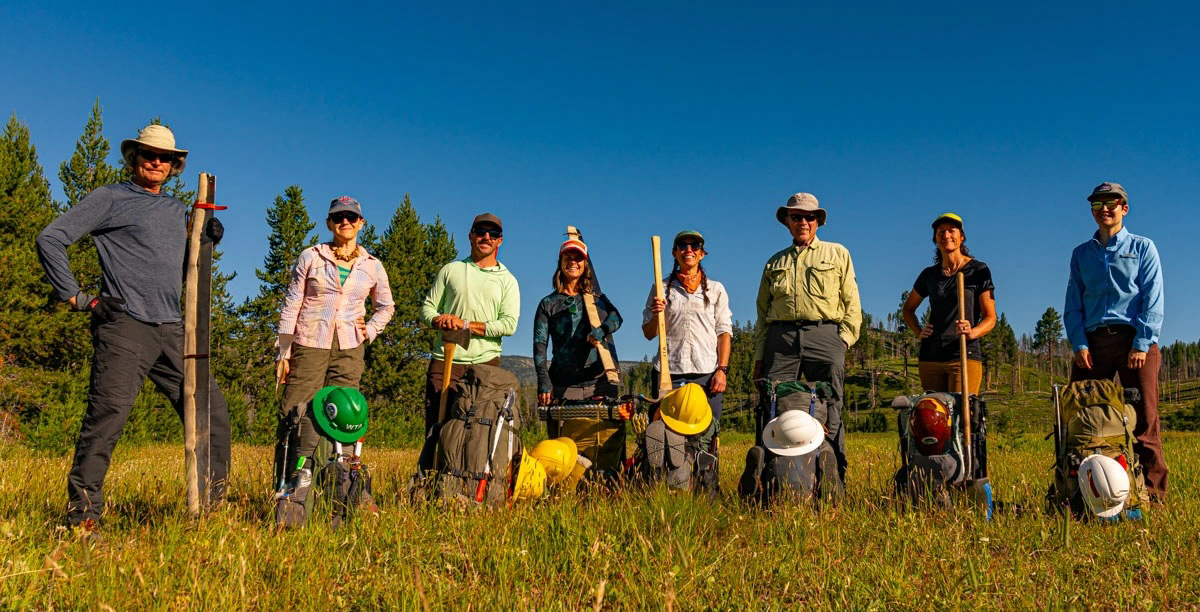
Part 1: Project Schedule– By Melanie Vining, Executive Director. Check back for part 2 and 3 about project signups and working on trails coming soon!
We get questions regularly about how we choose projects each season, what trail work is and why we do it the way we do. These questions often lead to great conversations that range from the concrete to the philosophical. As we round the corner into 2024 and head toward trail season, I figured it was a perfect time for a series of blog posts about these topics. “Begin at the beginning,” said Wonderland’s King. So, first up is how we build a trail project schedule.
Trail project selection is not linear, nor it is formulaic. It’s like making soup: a little of this, a little of that, taste, repeat. There’s a basic recipe but it’s not always quite the same. It always starts with some level of trail data; in other words, we learn from a trail user, a land manager, a partner or through first-hand experience that a trail needs work. There may be a lot of detailed information available or very little. We add the trail to an Ideas for Next Season list. Typically, we try not to add to this list after December, as our planning intensifies between January and March, when we release our project schedule. So, we also have an Ideas for After Next Season list…think of us as trail project idea pack rats.

Fall and winter is time for meetings with our land manager partners; we bring our Ideas list and they bring any new priorities they have after the summer of trail work and reconnaissance. We talk about projects in the context of funding, other ITA work, timing and complexity.
Once a project is identified we determine project length, typically ranging from a day to a week but up to three weeks. There is a balance between travel time and trail work time and while, as a volunteer group, we recognize the value of the journey in the volunteer experience we also know there are some projects, because of the remoteness and amount of work, better suited to paid trail crews that spend consecutive 7-10 day hitches in the field.
Along with project length, we identify mode of travel. Driving to and working from a trailhead is the most straightforward, but often our projects require more travel to arrive at the project. Volunteers may backpack to a remote site, hike in but have their gear hauled by a pack string (we offer this as much as we can), or in rarer cases may fly in via backcountry charter or even jet boat. Funding is a consideration in the latter modes of travel of course; they are faster, allowing for more trail work to be accomplished in remote places, but also costly, and noisy. We understand mechanized travel by plane or boat into certain Wilderness areas was specifically negotiated in that Wilderness’s plan and that our travel can affect other users’ experiences, so we take these projects and our responsibility to provide a public benefit through our trail work seriously.
Key to each project is a volunteer crew leader, or ideally, a crew leader and deputy lead. ITA crew leaders take on a LOT of responsibility. They train to become certified in crosscut saw use, First Aid and CPR, and spend hours preparing to lead projects each year. If a project doesn’t have a leader, it doesn’t happen. January and February are spent reaching out to our volunteer leaders, talking through project details to ensure they can sign up for trips matching their availability, skills, and interests.
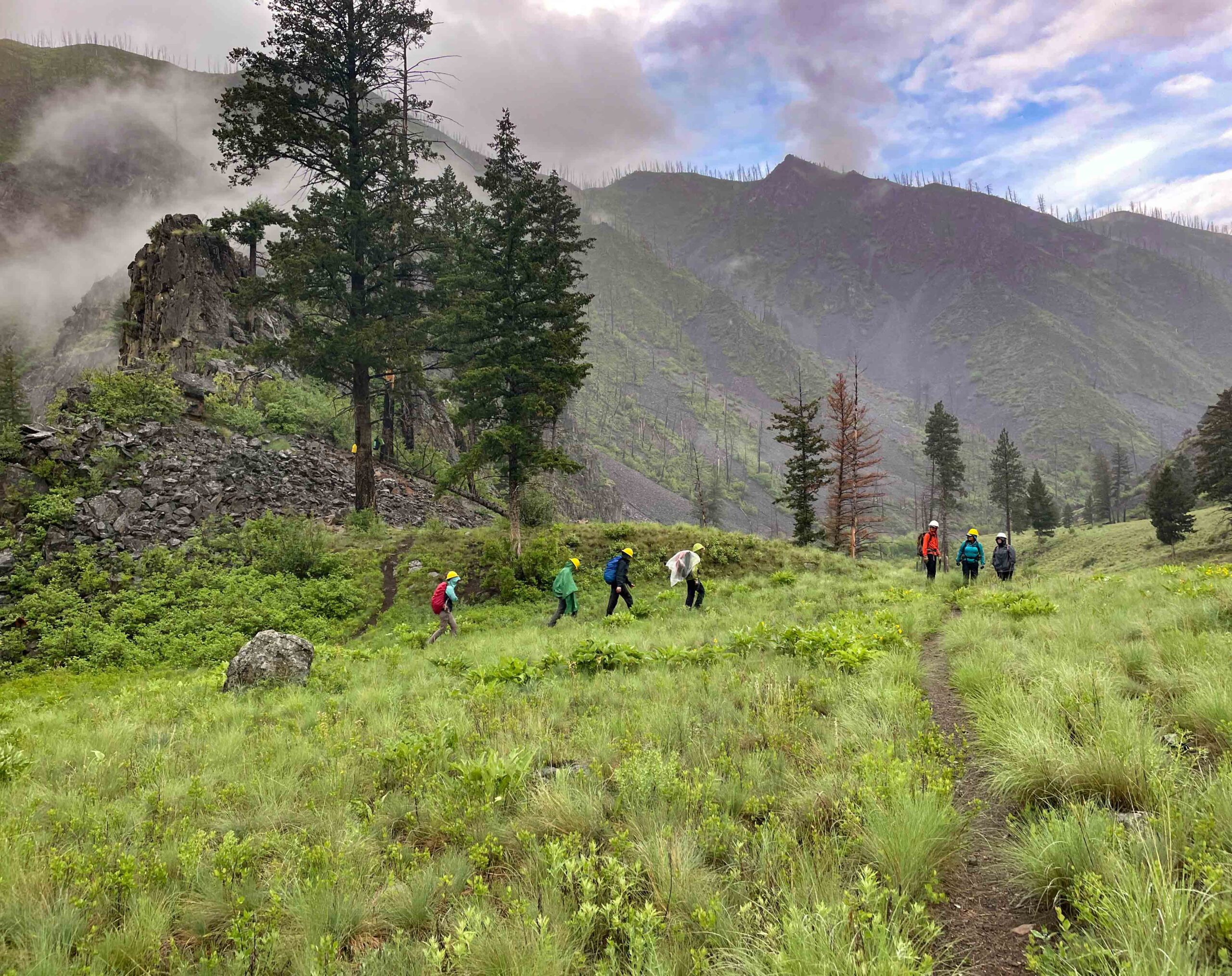
Geography also goes into the trail project schedule soup. ITA’s mission is keeping hiking trails open for all, and we want to offer volunteer experiences suited for all, too. We strive to spread projects across the state and across the “spectrum of remoteness”, from trails just outside population centers to deep in the Central Idaho Wilderness Complex.
Project selection and prioritization is a dance; we want to spread out ITA work across the state, offer trips of varying lengths and difficulty levels, partner and build relationships with other non-profit groups, and offer a benefit to hikers of all backgrounds and interests. We work on trails that get hundreds of users per day and trails that might get a dozen hikers per season. We trust our land manager partners; they have the Big Picture view of the trail network they manage, and ITA is only a piece in the annual Trail Work Puzzle made up of multiple crews and partners working on projects with complex logistics dictated by the snowpack, weather, trail conditions, and crew skill level and leadership.
This process of list, meet, discuss, and select yields our annual ITA trail project schedule, Step One in the recurring cycle of trail work. We lose sleep over projects that don’t quite make the schedule but rest easier once we add them to the Ideas for After Next Season list. Next up: detailed project planning and outreach.


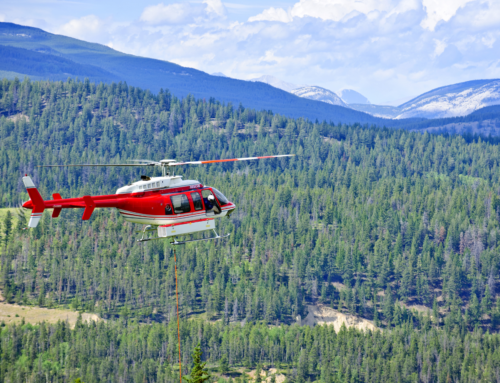
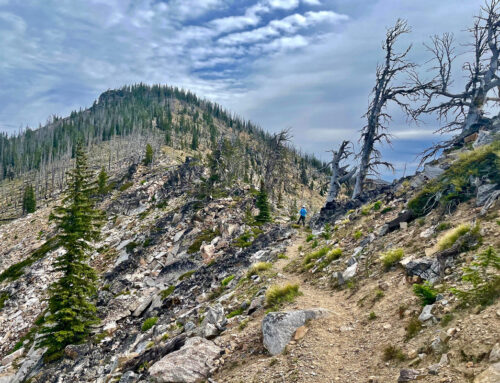
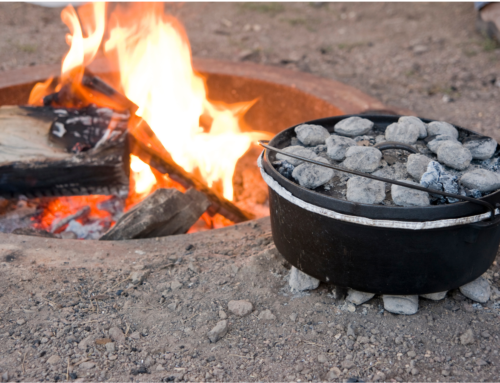
well said, Melanie. This is the kind of information that participants can use and its always a great step in the education of folks within and without your organization. Look forward to the next installments.
I often used these points when explaining the challenges of trail management: These trails are subject to the most extreme weather conditions in the state; in such variable environments (steep slopes, poor soil conditions, pure rock, ever-changing stream flows and fire affects); and often used during the wetter times of the year by heavily loaded, small diameter hooves when trail treads are in their most vulnerable state.